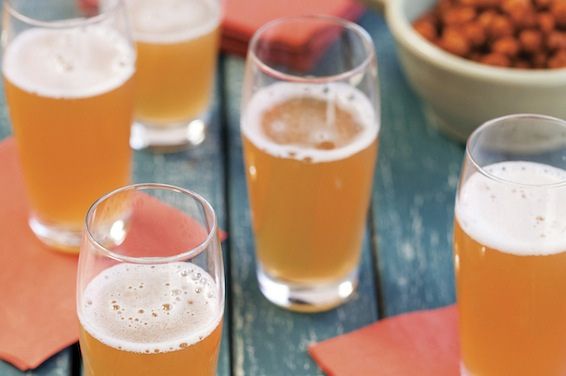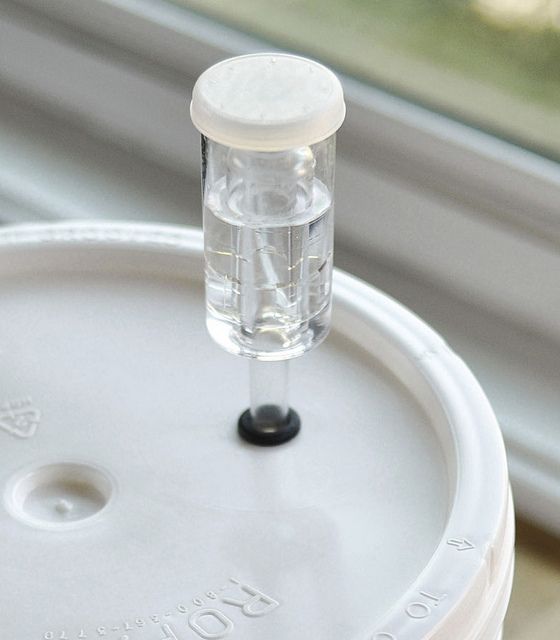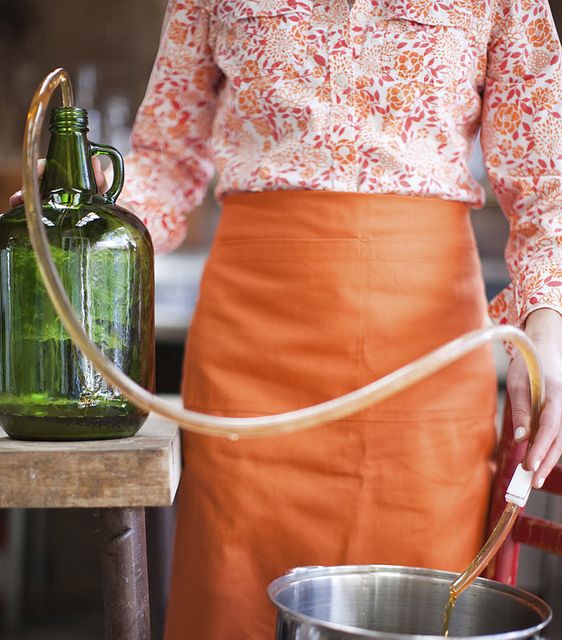Popular on Food52
Continue After Advertisement
11 Comments
wmedwards
August 26, 2020
Hi
I'm trying to figure what went wrong with my making hard cider.
5 gallons Indian summer apple juice.
5 - 1/2 cups corn sugar
3 small cinnamon sticks
1 white labs #775 English cider yeast
fermentation started 8-11-20 and ended 8-24-20
checked gravity 8-25-20 and have nothing
can I restart fermentation with new yeast and add more sugar?
I'm trying to figure what went wrong with my making hard cider.
5 gallons Indian summer apple juice.
5 - 1/2 cups corn sugar
3 small cinnamon sticks
1 white labs #775 English cider yeast
fermentation started 8-11-20 and ended 8-24-20
checked gravity 8-25-20 and have nothing
can I restart fermentation with new yeast and add more sugar?
Yvonne123
December 8, 2020
When you say "checked the gravity and have nothing" do you mean the hydrometer went all the way down so it is reading 1.000 ??? If so that's fine, as you should have started at around 1.055 or so.. :-)
Hari S.
March 31, 2020
Hi
Just curious if I can make hard cider from sweet lime juice with some added sugar, I may not have some equipment also if I can use baker’s yeast for fermentation as we do not have wine or cider yeast and amount of yeast should I use per litre or gallon
Just curious if I can make hard cider from sweet lime juice with some added sugar, I may not have some equipment also if I can use baker’s yeast for fermentation as we do not have wine or cider yeast and amount of yeast should I use per litre or gallon
Emma C.
October 6, 2013
Hi, BakerMary -- It's in the ingredient's list: "3 tablespoons / 1 ounce corn sugar dissolved in 1/2 cup boiling water and cooled, for bottling". Happy brewing!
Emma C.
October 6, 2013
Oh, no worries at all! To be fair, this is something that's described a little more fully in the book itself, but it's definitely easy it misunderstand when taken in a stand-alone recipe like this. I hope you make some fantastic cider!
BakerMary
October 6, 2013
In the 8th paragraph it says "Pour the corn sugar solution into the stockpot." I don't see any corn sugar solution! help, please - i am sure it's there somewhere....
MarkL
September 10, 2013
Thanks. Can I use apple juice instead? For instance, Rougemont: http://alassonde.com/en/products/formats.aspx?prod=rougemont&pid=SNC15752&s=001
lotusone2000
November 25, 2012
Marvelous and very simple suggestion, Chava. Sounds delightful & good.
Thanks!
Thanks!
chava
November 26, 2012
You're welcome! This year, he tried dried cherries as well. Equally good. Be careful transporting it, though: the fizz sometimes makes the cap pop off.
chava
November 25, 2012
If you still want to try, but much less complicated, do what my husband does every year. About 4 days before thanksgiving, using an unpasteurized cider from the farmstand, he add about 5 raisins, and checks it every day. It gets fizzy and delicious, but it doesn't keep. On the other hand, it doesn't need to: it's all gone by the end of the day.






See what other Food52 readers are saying.